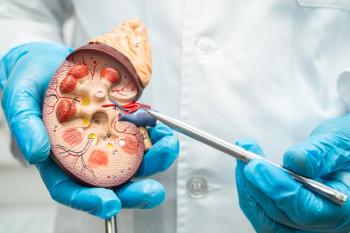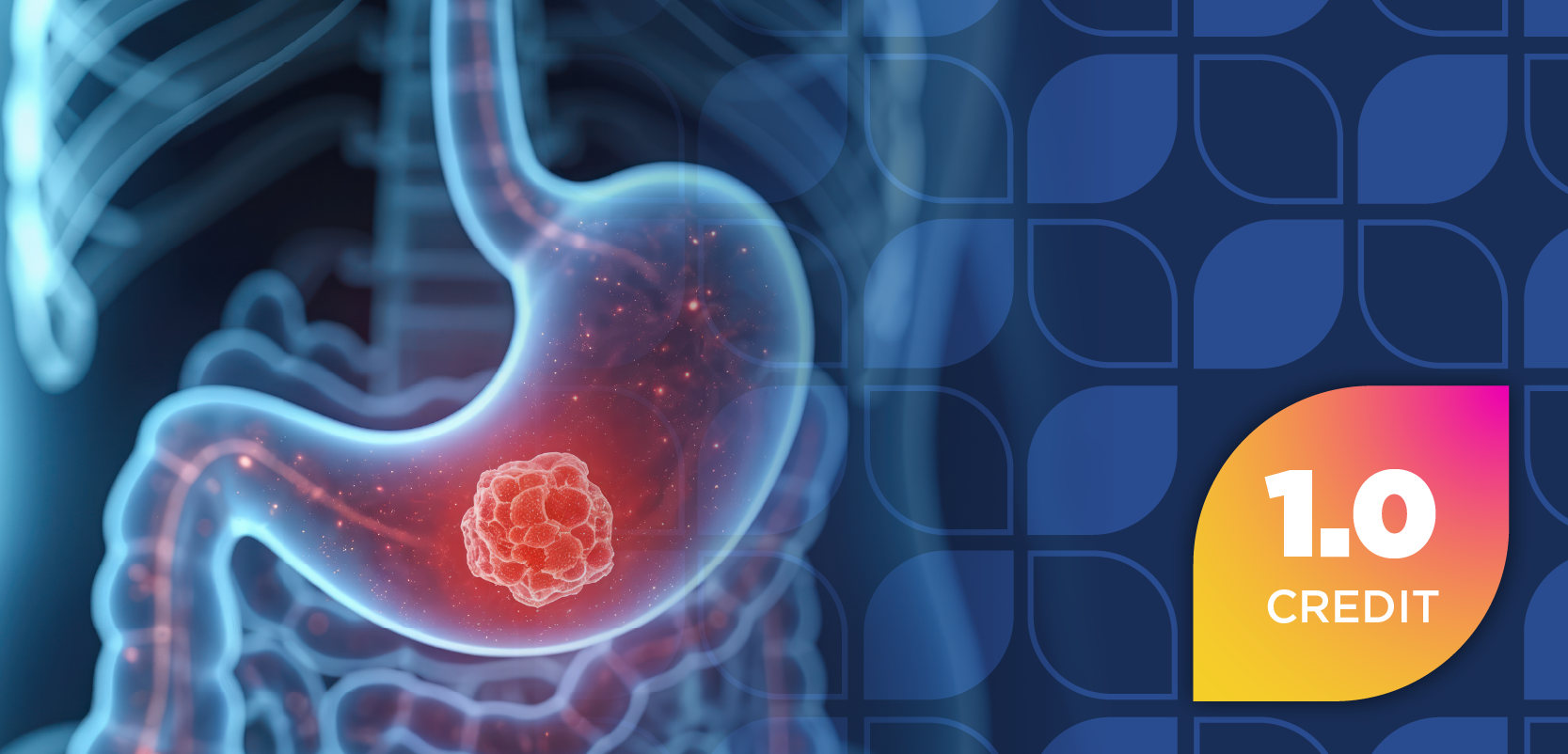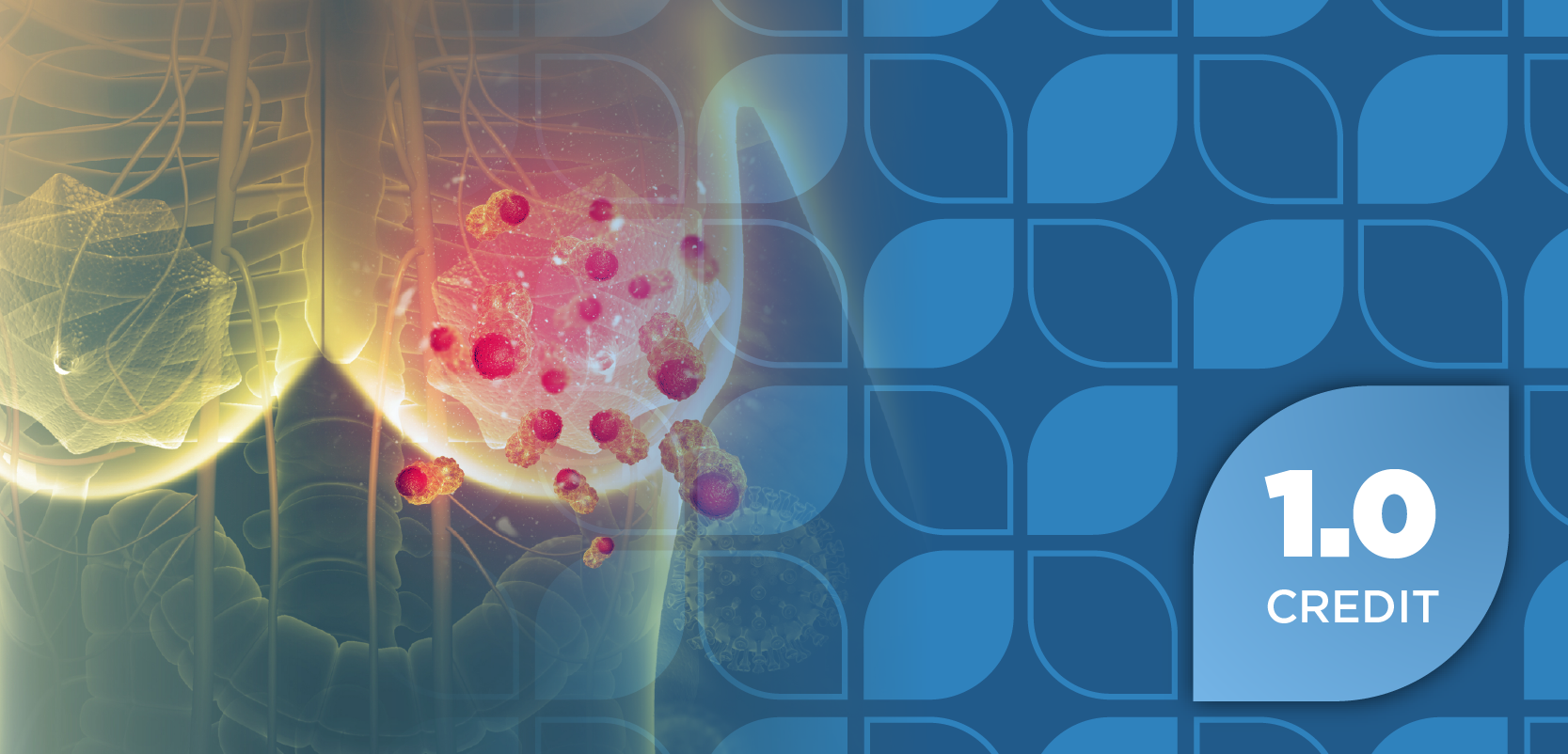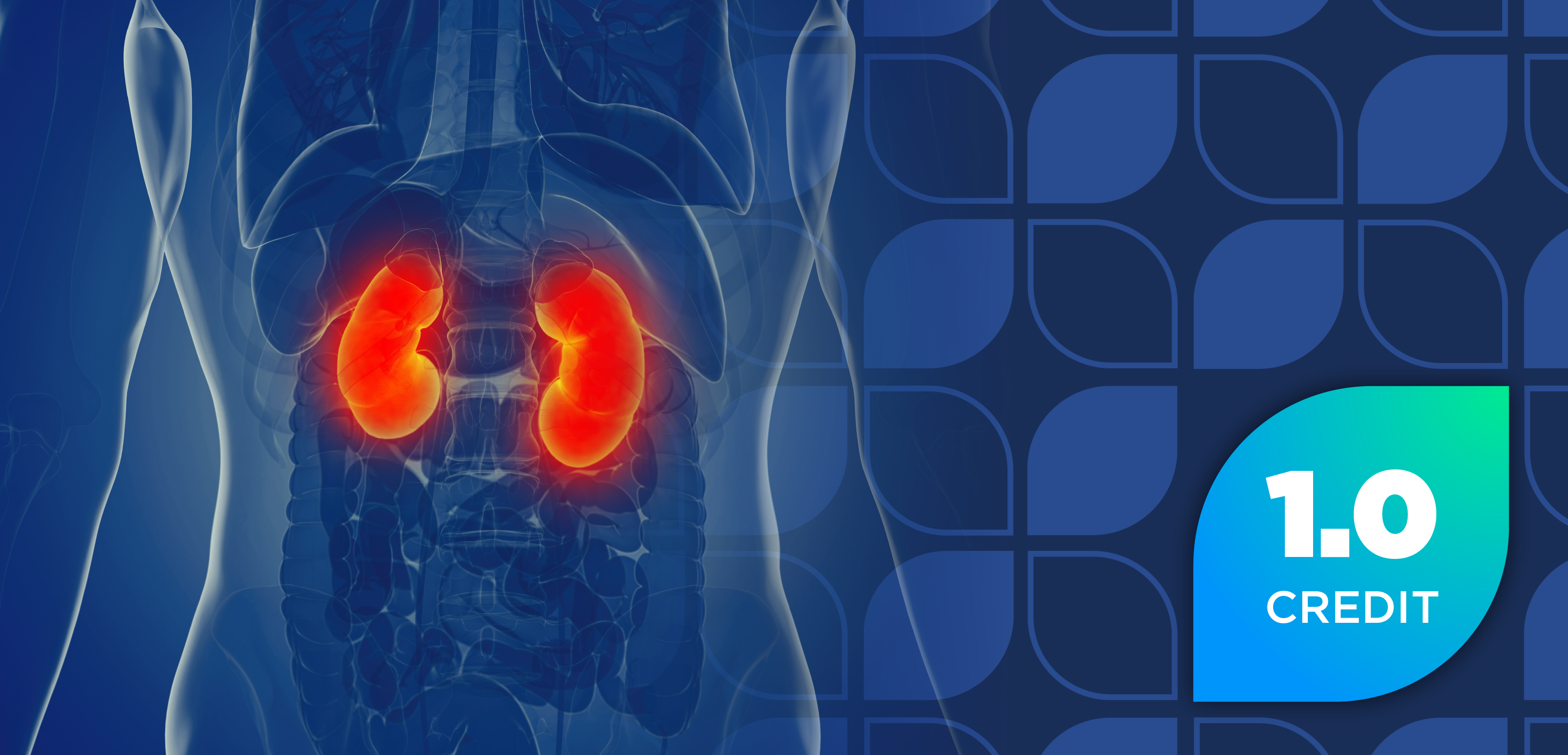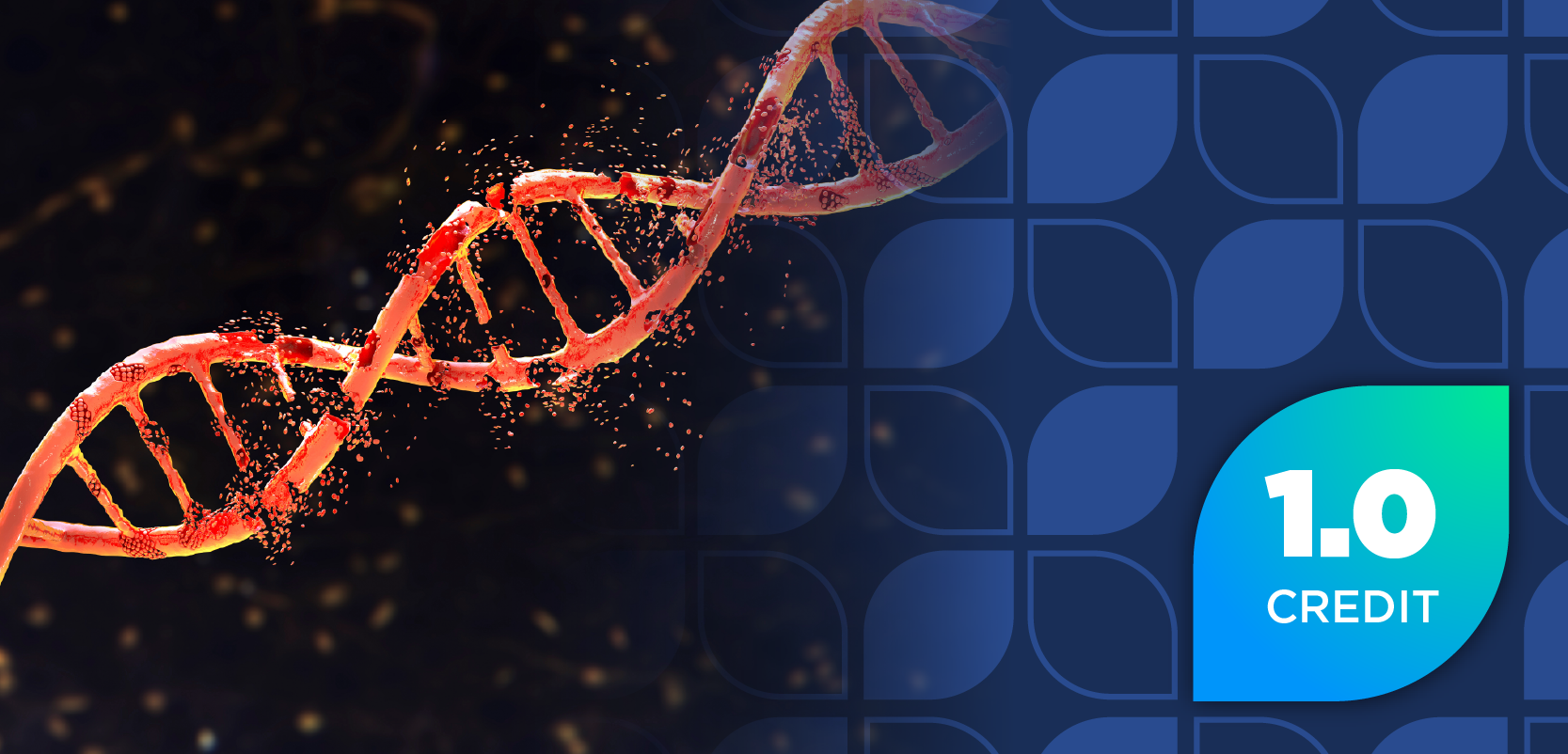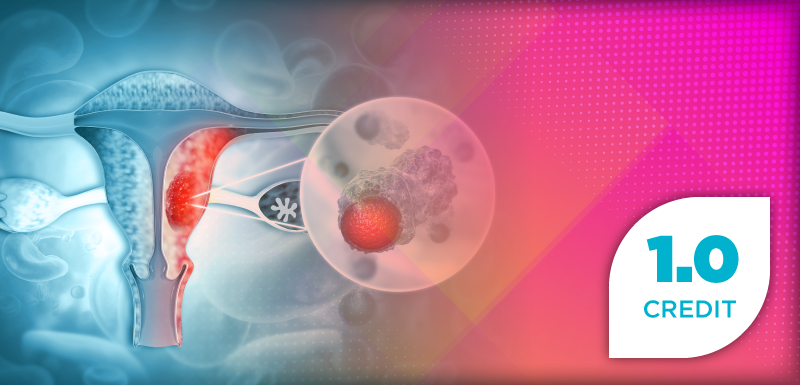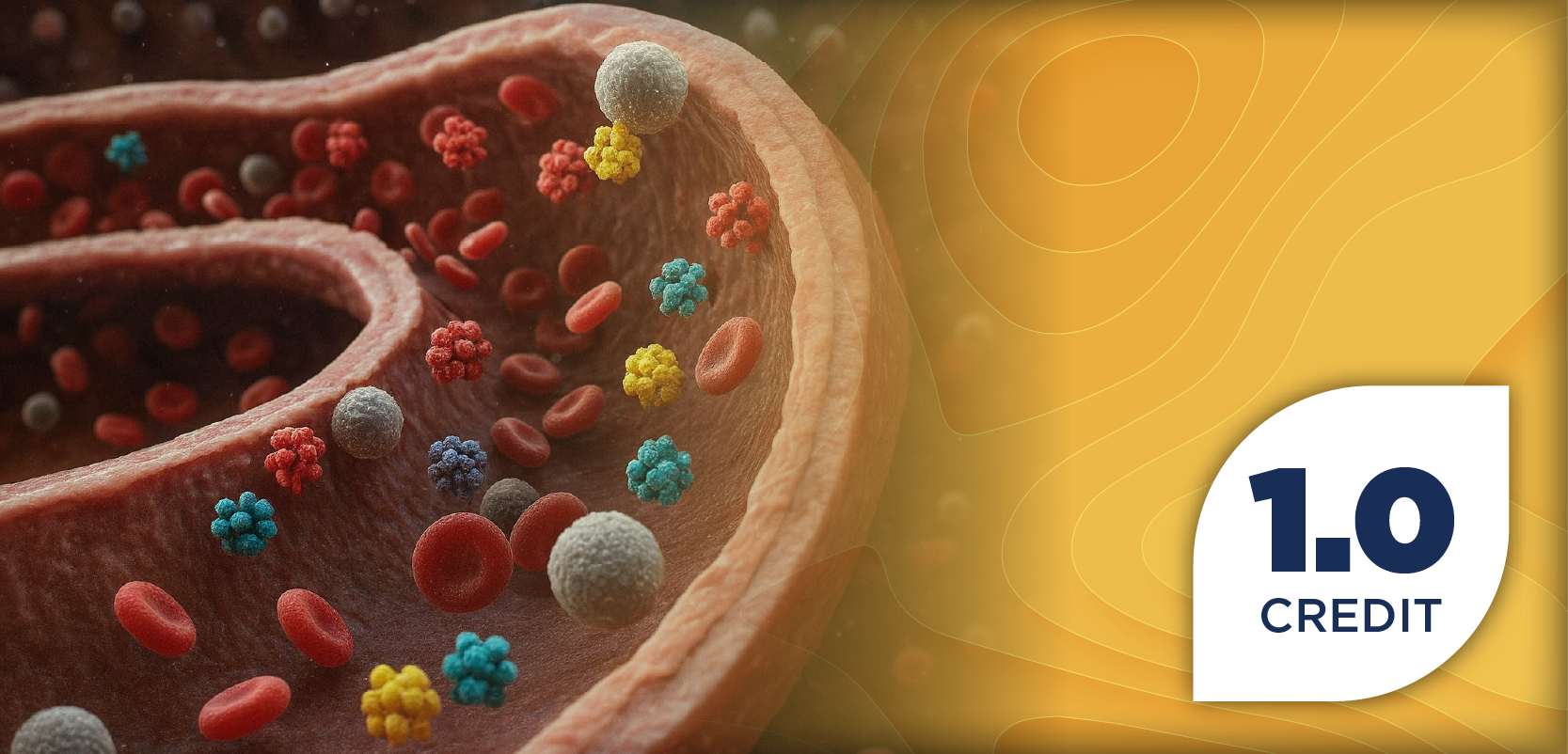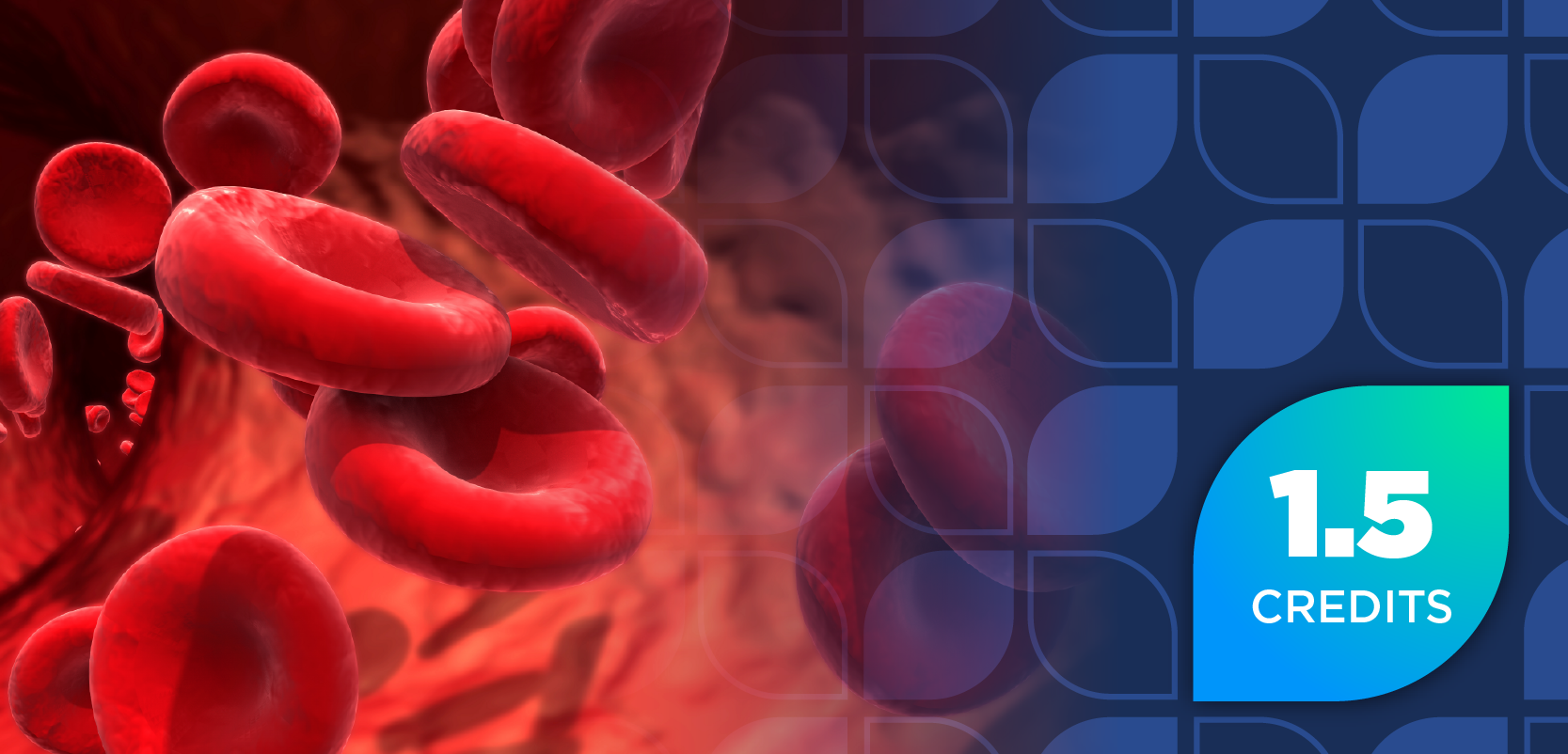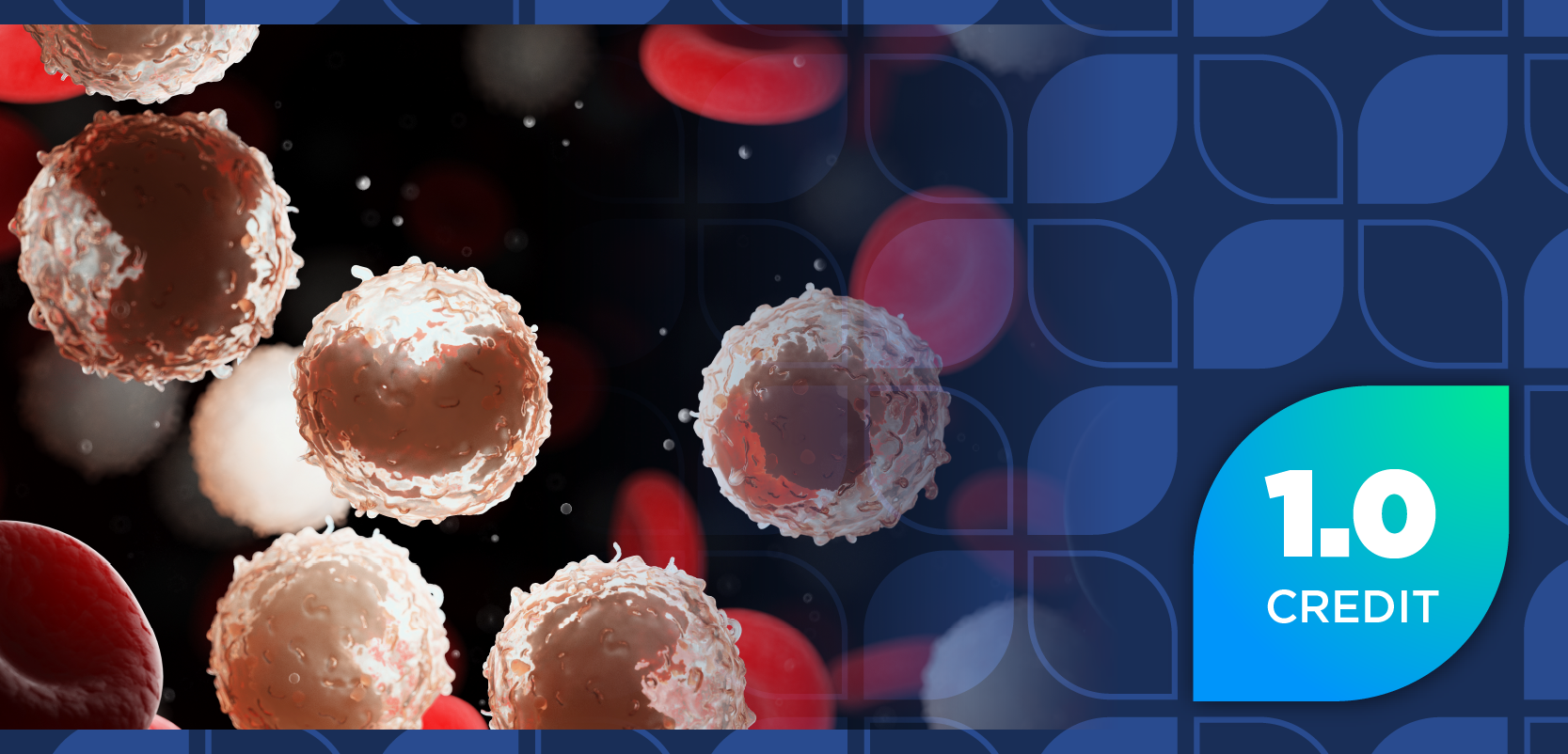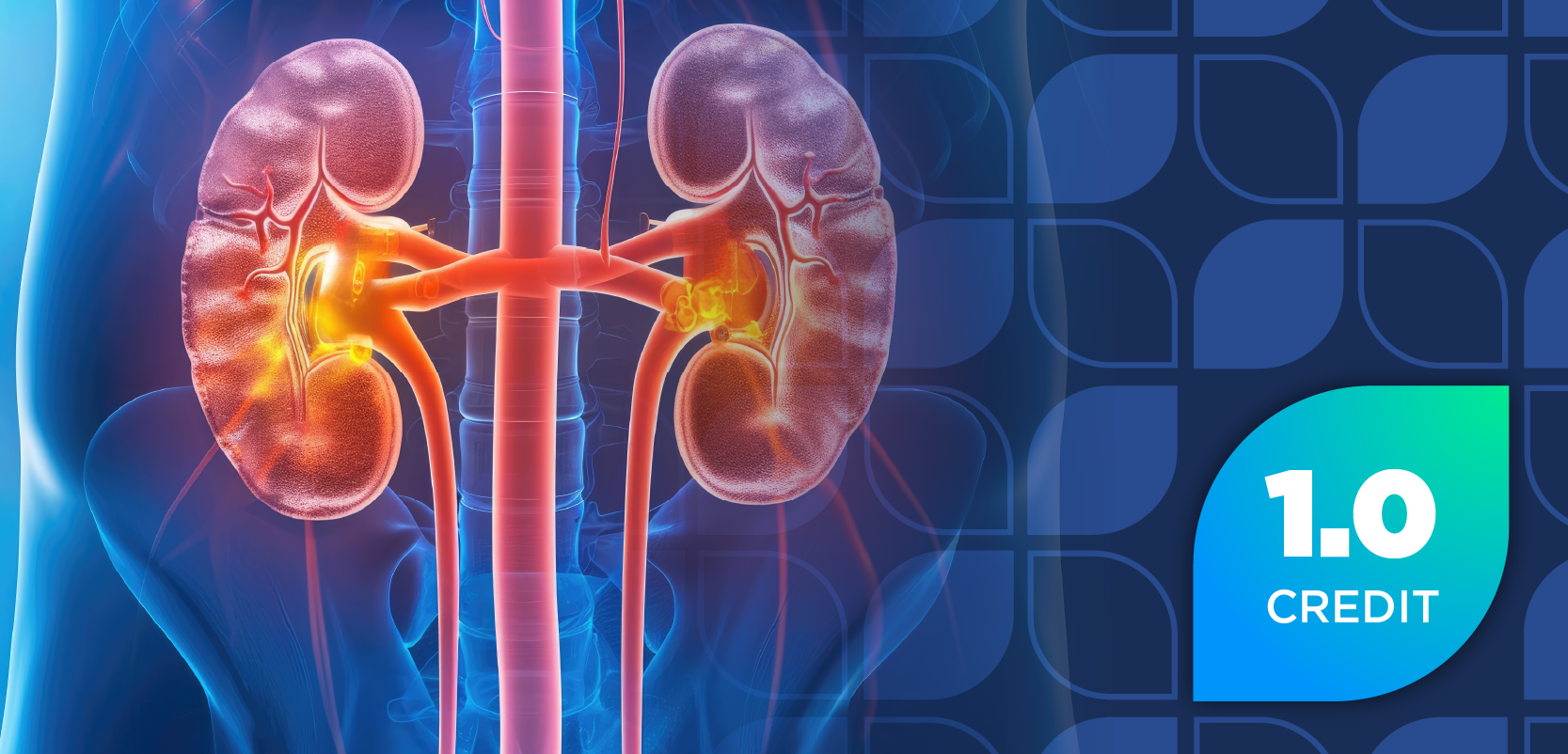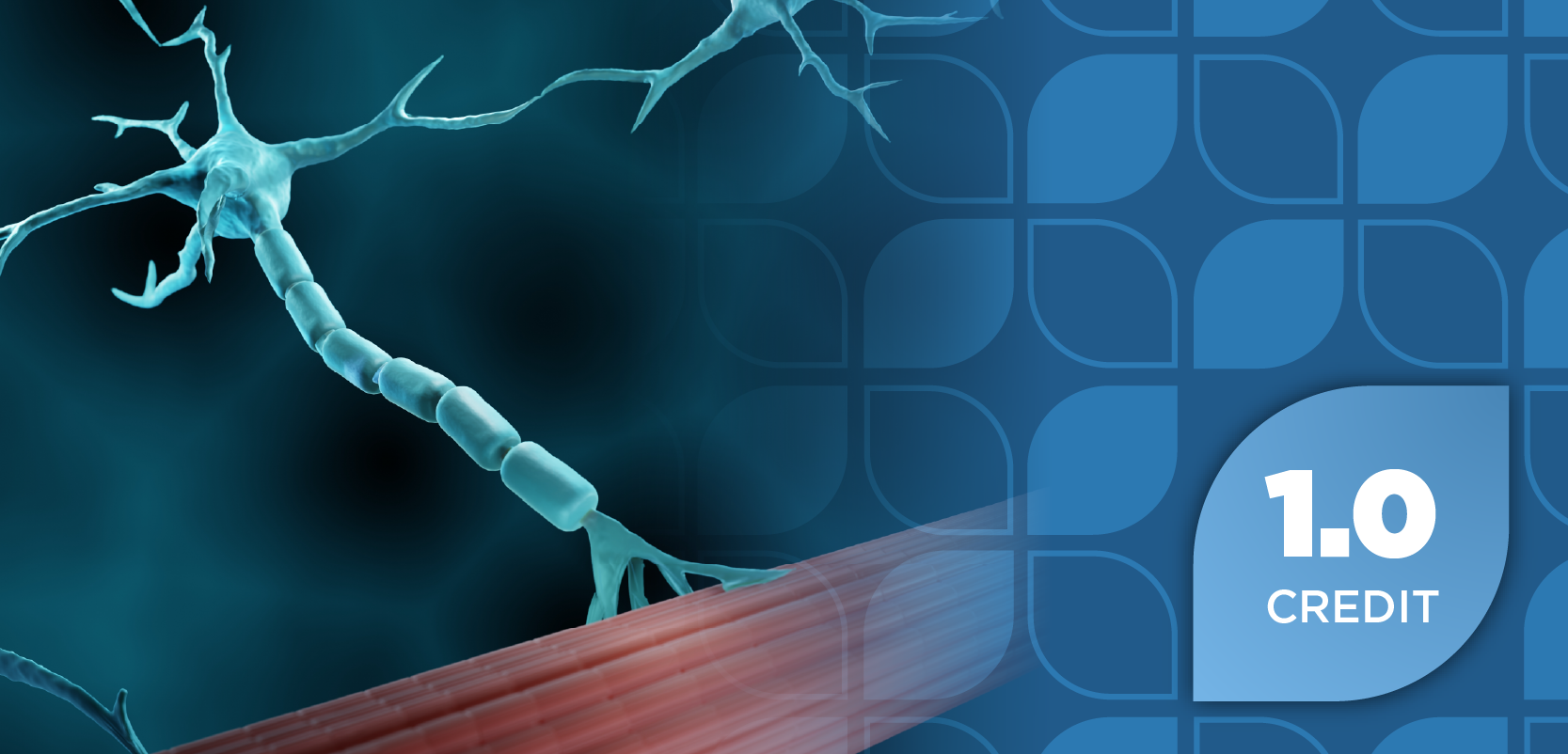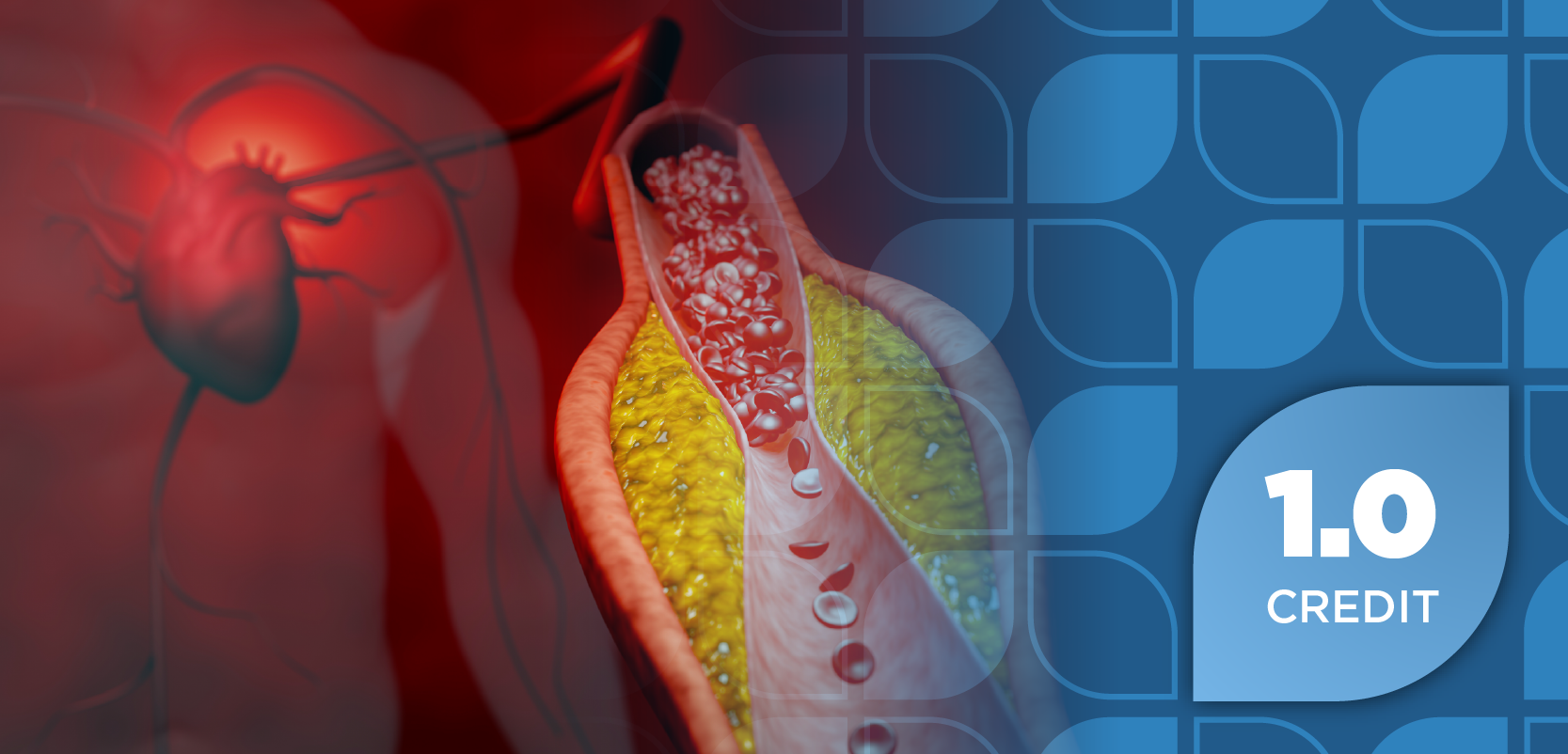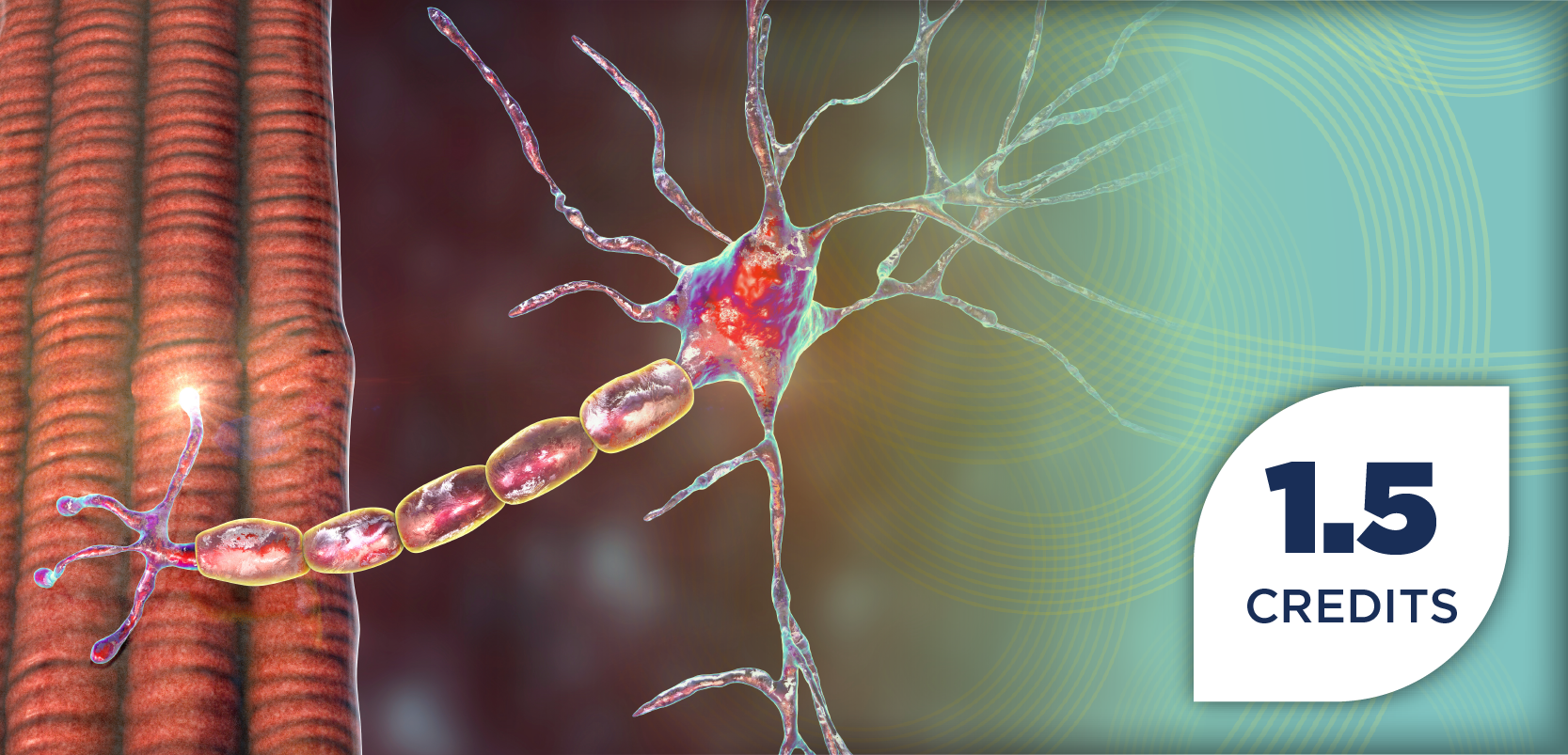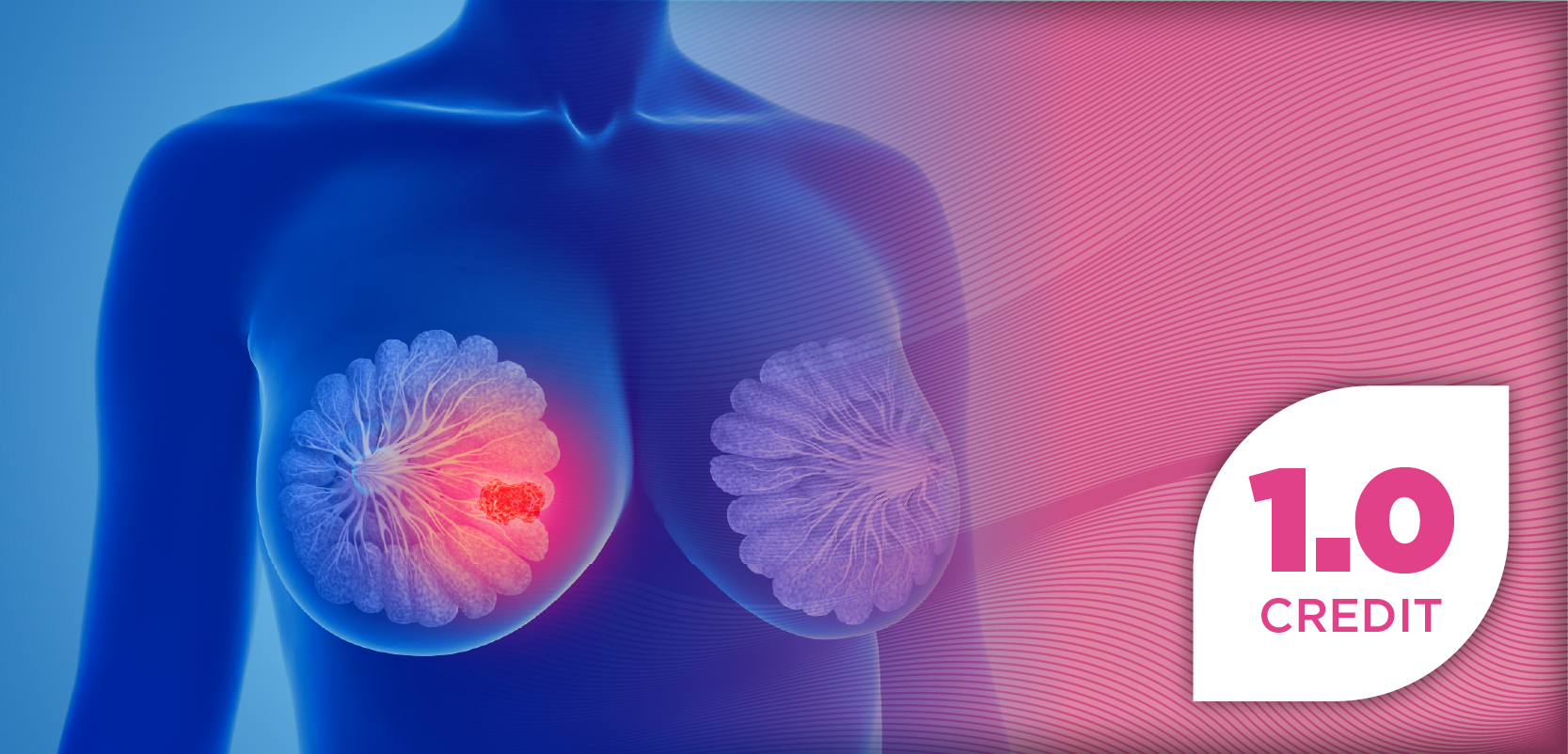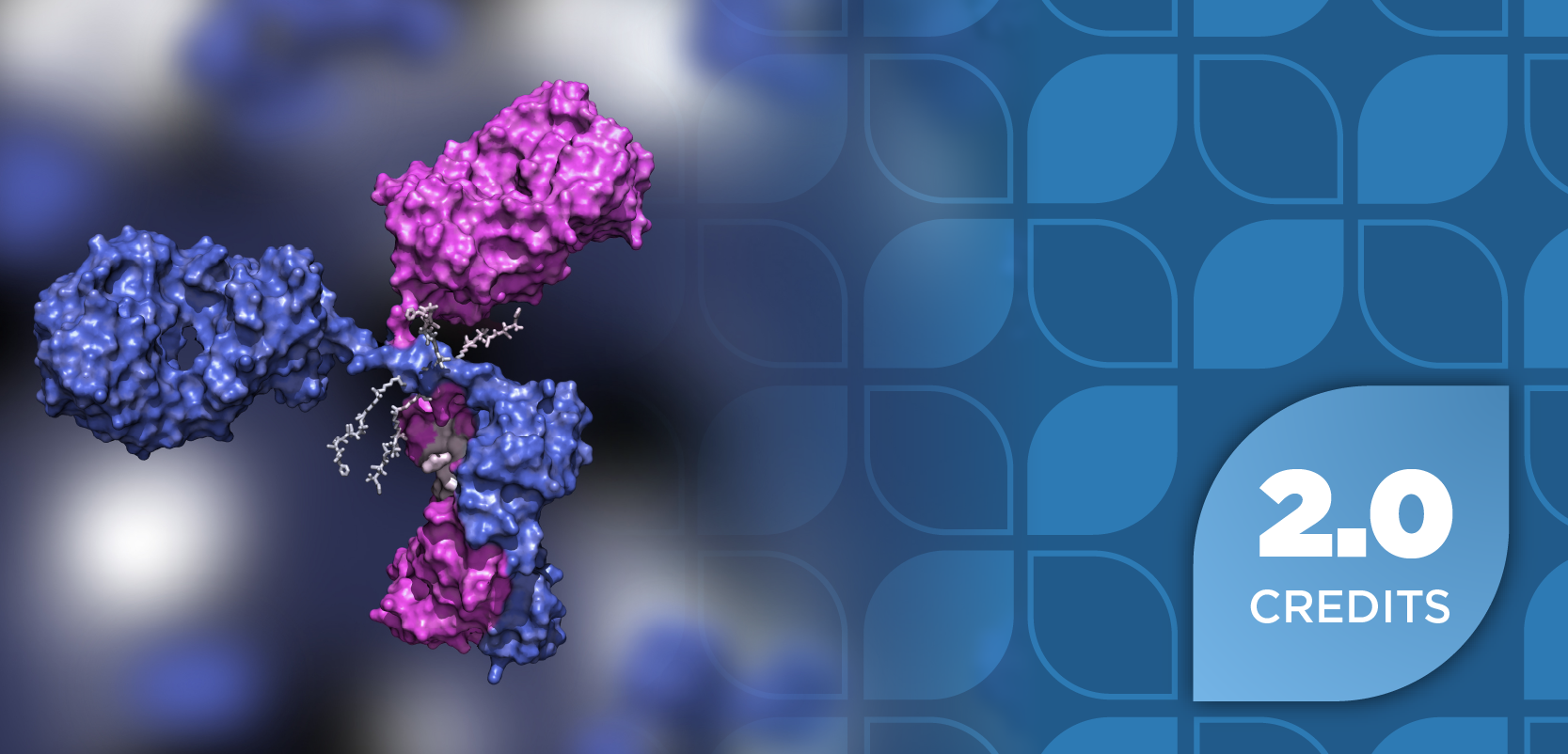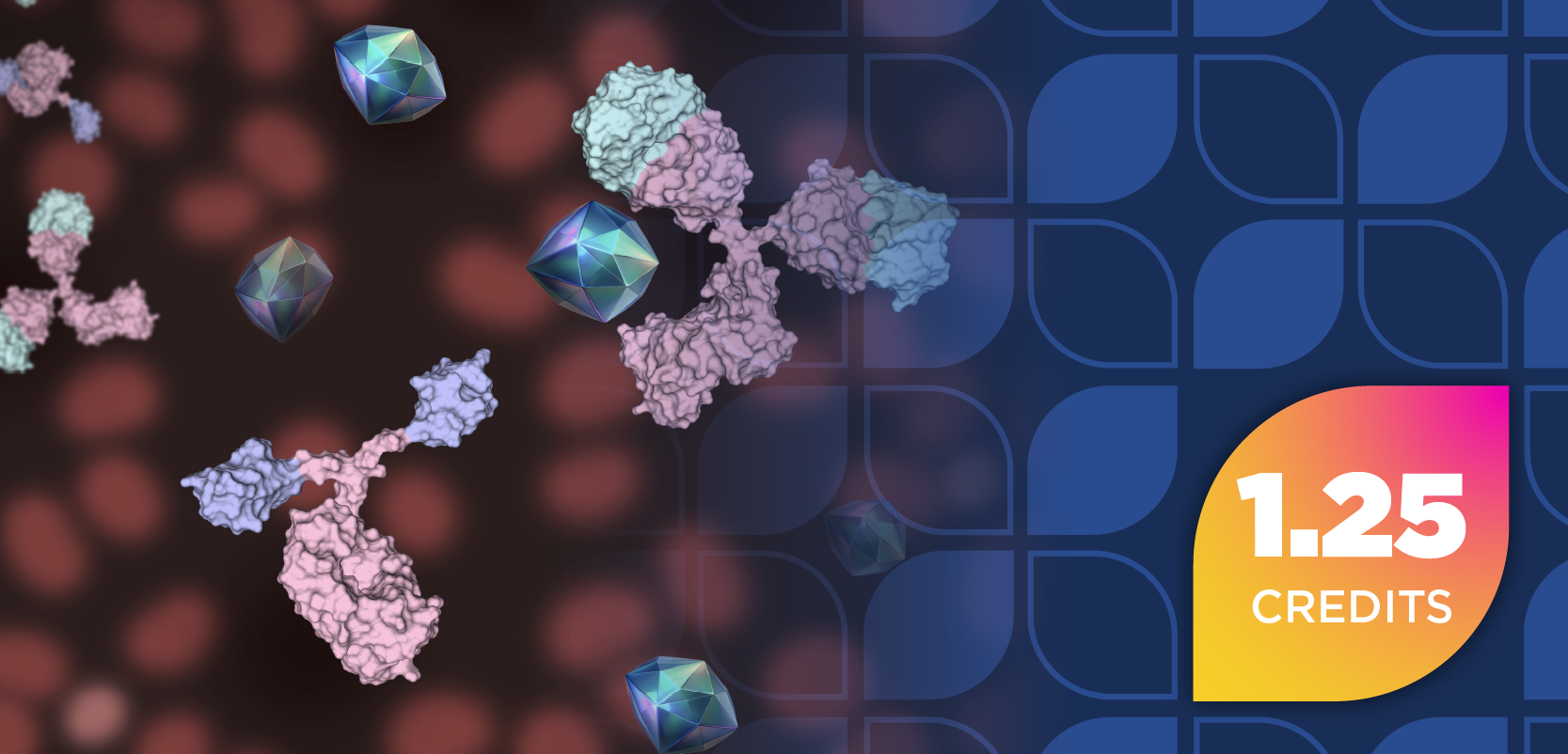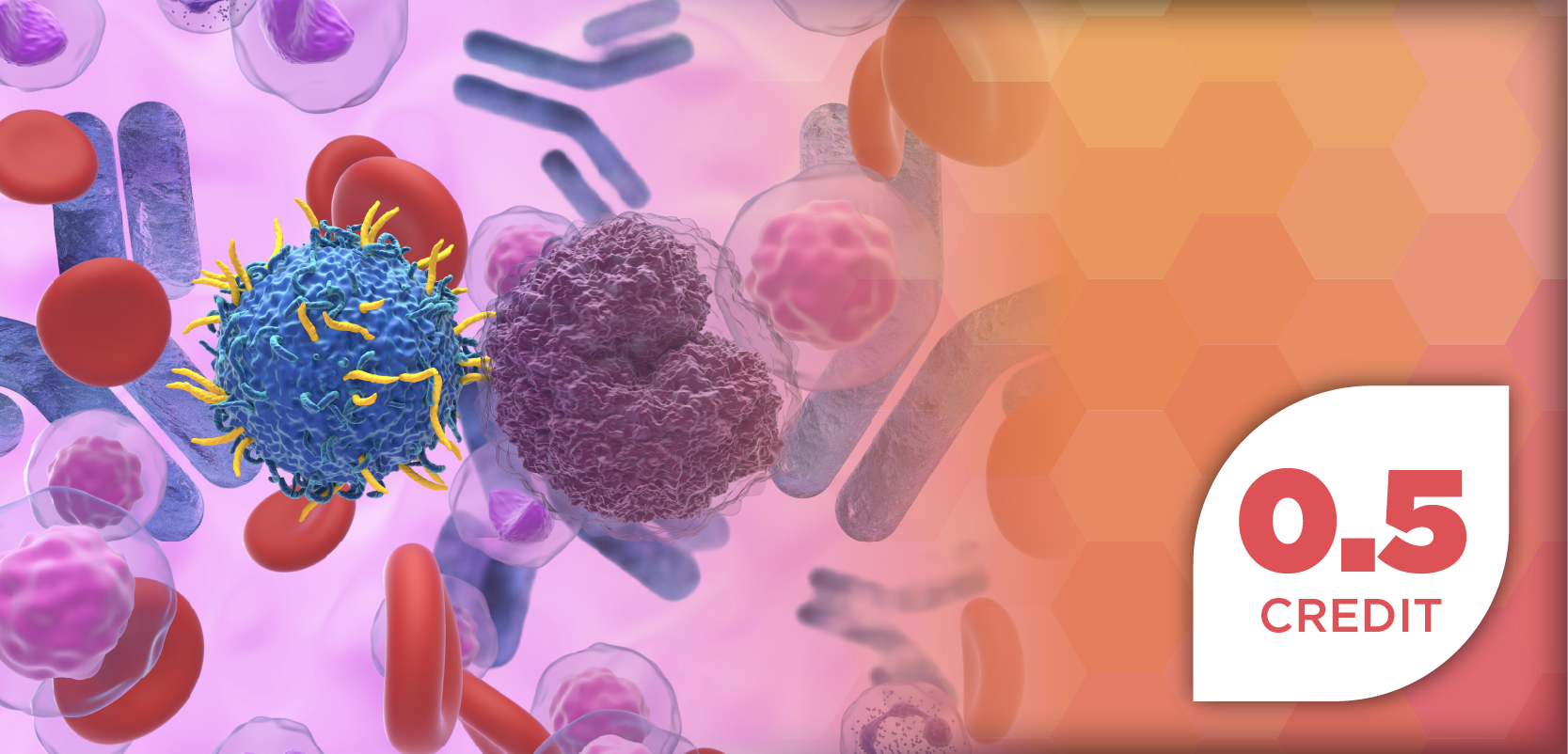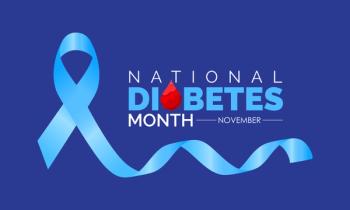
Chromosome Genomic Array Testing Improves Myelofibrosis Prognostication for Patients Undergoing Transplantation
Key Takeaways
- CGAT identifies chromosomal anomalies in MF patients, improving risk stratification for HCT outcomes.
- CGAT showed a higher abnormality rate than traditional karyotype analysis, enhancing prognostic accuracy.
Using chromosome genomic array testing in combination with existing risk stratification models can better determine patients with myelofibrosis who can benefit from transplant.
Pretransplant chromosome genomic array testing (CGAT) can augment existing risk stratification tools to improve the prognosis of post-transplant outcomes in patients with myelofibrosis (MF) and can be used as routine clinical testing for the disease, according to the authors of a study published in Transplantation and Cellular Therapy.1
Curative treatment for patients with primary and secondary MF is an option with hematopoietic cell transplantation (HCT) but can lead to complications depending on the condition of the patient and stage of disease. Risk stratification models are used at diagnosis to evaluate patient prognosis, with the most used models being the International Prognostic Scoring System (IPSS), the Dynamic International Prognostic Scoring System (DIPSS), and DIPSS-plus. Others, such as the Mutation-Enhanced IPSS (MIPSS70), factor in molecular data to evaluate patient prognosis. Taken together, these models aim to identify patients at high risk, who would then be evaluated for the feasibility of transplantation.1,2
A specific factor reported to be prognostically significant in myeloid neoplasms is chromosomal anomaly, commonly assessed by G-banging karyotype analysis in a laboratory. Despite the importance of this factor in prognosis, karyotype analysis is difficult in patients with MF, as gathered bone marrow aspiration often yields a dry tap or has poor growth in culture. Therefore, a higher tendency of karyotype failure with MF is often reported compared with other neoplasms.1
CGAT helps overcome the challenges associated with other scoring systems related to their inability to directly evaluate prognostically significant chromosome deletions or gains. Designed to detect gains and deletions of varying sizes, CGAT could aid models such as IPSS or DIPSS in evaluating the prognosis of patients with MF; however, it is not currently used as a routine clinical test for the condition. In the current study, the investigators sought to examine the prognostic significance of CGAT in patients with MF in the transplant setting.1
In total, 44 unique patient samples were analyzed. Between 2000 and 2017, these patients underwent HCT at the Fred Hutchinson Cancer Center. Preliminary karyotype analysis succeeded in 41 out of 44 patients, in which abnormal karyotype was observed in 9 (20%). However, compared with the karyotype analysis, CGAT had a higher abnormality rate; over half of the 44 patients had abnormal CGAT (n = 24; 55%), whereas 35 patients were positive for 1 of 3 driver mutations: JAK2 p.V617F (39%), CALRexon 9 (36%), and MPL p.W515 (5%), according to the investigators.1
Critically, in this cohort of patients, cancer genomic anomalies were observed to be prognostically significant regarding clinical outcomes of patients with MF undergoing transplantation. The investigators observed a general trend of patients with abnormal CGAT results having poorer relapse-free survival (RFS) compared with patients who had normal CGAT results. Specific anomalies, including the presence of a U2AF1 mutation (n = 5, P = .03) and the gain of 1q (n = 3, P = .01), were associated with worse RFS.1
The investigators found that the prognostic significance of CGAT enhanced the risk stratification ability of existing models, as CGAT results were able to delineate RFS outcome among patients determined to have intermediate risk by DIPSS-plus and those with 0 to 2 mutations. When mutation count, DIPSS-plus, and CGAT were considered together, the best stratification was achieved, the investigators found.1
“Our results highlighted the clinical utility of CGAT for risk stratification in MF patients in the transplant setting, especially among intermediate-risk patients,” the study authors concluded. “We propose CGAT to be performed alongside karyotyping and [next-generation sequencing] as part of the diagnostic and pretransplant evaluation for myelofibrosis patients.”1
REFERENCES
1. Qu X, Stevens E, Fitzgibbon MP, et al. Pretransplant chromosome genomic array testing improves prognostication for myelofibrosis patients undergoing transplantation. Transplantation and Cellular Therapy. 2024. doi:10.1016/j.jtct.2024.12.018
2. Halpern L. Risk scores using molecular data can better identify patients with primary myelofibrosis who benefit from HSCT. Pharmacy Times. Published February 7, 2025. Accessed February 20, 2025. https://www.pharmacytimes.com/view/risk-scores-using-molecular-data-can-better-identify-patients-with-primary-myelofibrosis-who-benefit-from-hsct
Newsletter
Stay informed on drug updates, treatment guidelines, and pharmacy practice trends—subscribe to Pharmacy Times for weekly clinical insights.




